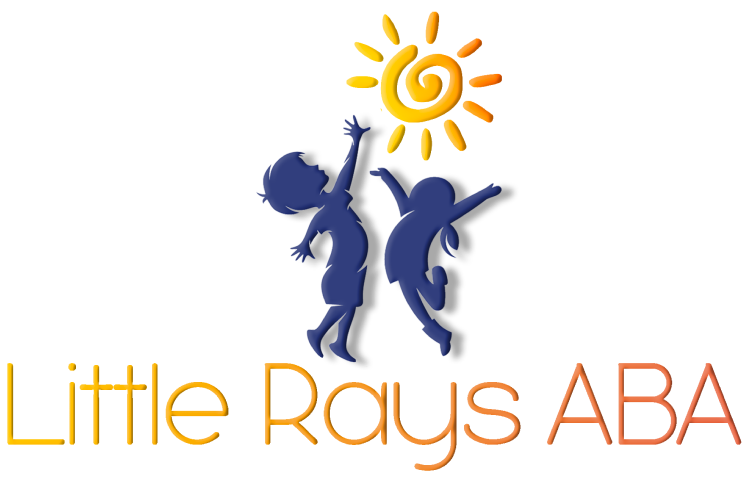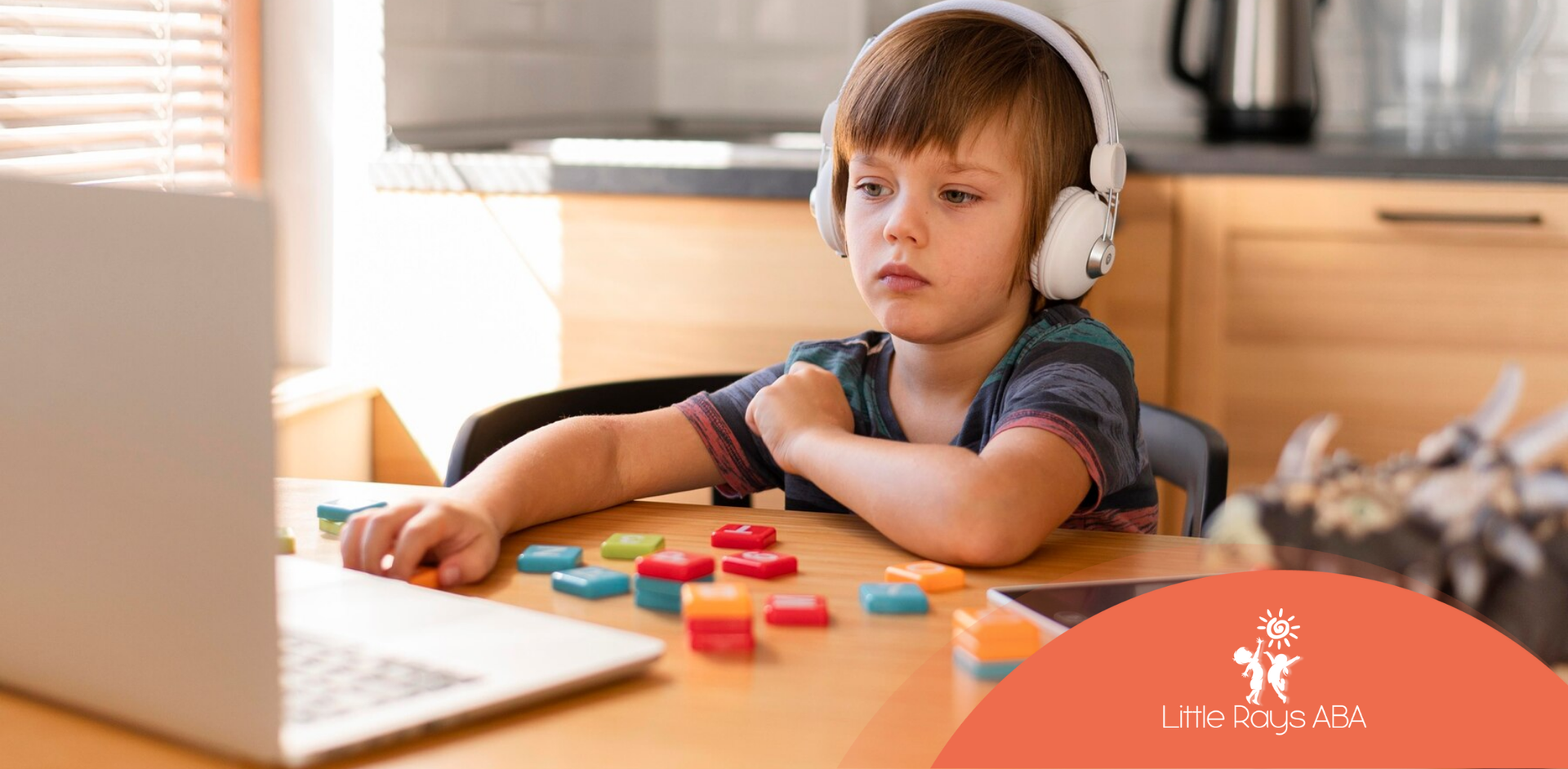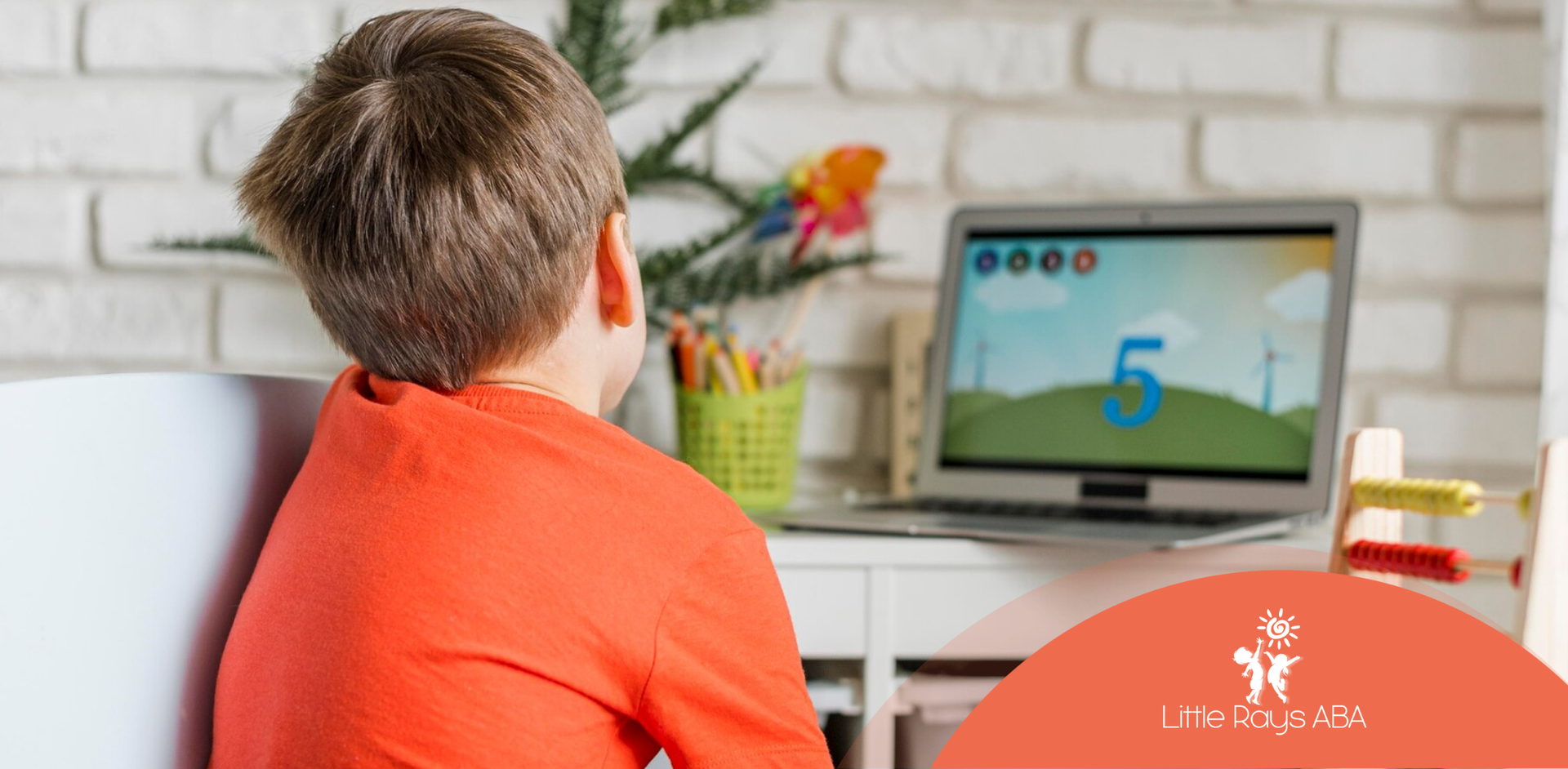Autism Spectrum Disorder (ASD) is often described as a spectrum, but what does that really mean? Many people assume that autism exists on a linear scale, from "mild" to "severe," but the reality is far more complex. Autism is a diverse condition with a wide range of characteristics, strengths, and challenges that vary from person to person.
Some individuals with autism may have strong verbal skills but struggle with social interactions. Others may be nonverbal yet excel in problem-solving or artistic expression. The spectrum encompasses different abilities, sensory experiences, and support needs, making each autistic person unique.
In this blog, we’ll break down what it means for autism to be a spectrum, explore the different presentations of ASD, and discuss how support should be tailored to each individual’s needs.
What Does "Autism Spectrum" Mean?
The term "spectrum" reflects the idea that autism is not a single, fixed condition but rather a range of experiences that affect individuals in different ways. No two autistic people are exactly alike, even if they share some common traits.
Autism affects three main areas:
- Communication (verbal and nonverbal skills, understanding social cues)
- Behavior (repetitive behaviors, routines, special interests)
- Sensory Processing (sensitivity to lights, sounds, textures, or pain)
Some individuals may need significant support in daily life, while others may live independently with minimal assistance. Autism exists in different forms, and labeling it as simply "high-functioning" or "low-functioning" oversimplifies its complexity.
Variations Within the Autism Spectrum
Autism presents in many different ways, and individuals may experience a combination of strengths and challenges. Here are some key variations within the spectrum:
1. Verbal vs. Nonverbal Communication
- Some autistic individuals develop strong verbal skills and communicate fluently.
- Others may have limited speech or be completely nonverbal but communicate through alternative methods like sign language or assistive technology.
2. Social Differences
- Some autistic individuals enjoy socializing but struggle with understanding social rules (e.g., personal space, sarcasm).
- Others may prefer minimal social interaction and feel overwhelmed in social settings.
3. Sensory Sensitivities
- Some people with autism experience hypersensitivity (strong reactions to noise, bright lights, or certain textures).
- Others may have hyposensitivity, meaning they seek sensory input (e.g., rocking, hand-flapping, or touching objects).
4. Intellectual Abilities
- Autism is not directly linked to intelligence—some autistic individuals have above-average intelligence and excel in academics or specific fields.
- Others may have intellectual disabilities that require additional learning support.
5. Special Interests and Routines
- Many autistic individuals develop strong interests in specific topics (e.g., dinosaurs, music, computers) and enjoy deep-diving into these subjects.
- Routines and structure are important for many people with autism, and changes to plans may cause distress.
Understanding Support Needs in Autism
Since autism is a spectrum, support needs differ greatly from person to person. The DSM-5 (Diagnostic and Statistical Manual of Mental Disorders, 5th Edition) classifies autism into three levels based on support needs:
Level 1: Requiring Support
- Individuals can communicate and function independently but may struggle with social cues and flexibility.
- May experience difficulty with transitions and changes.
- Often benefit from social skills training, structured routines, and occasional therapy support.
Level 2: Requiring Substantial Support
- More significant challenges in communication and behavior.
- May rely on visual supports, speech therapy, or assistive devices.
- Need consistent guidance in social and daily activities.
Level 3: Requiring Very Substantial Support
- May be nonverbal or have limited communication skills.
- Struggle with daily self-care tasks and need constant supervision.
- Often require intensive therapy and personalized intervention programs.
Understanding these different levels helps families and educators provide the right type of individualized support.
Why a Spectrum Approach Matters
Thinking of autism as a spectrum rather than a one-size-fits-all condition allows for a better understanding of individual differences. Some people with autism may excel in STEM fields, art, or music, while others need full-time assistance with basic tasks.
Using a personalized approach to support each person based on their unique strengths and challenges leads to better outcomes in education, therapy, and social interactions.
How ABA Therapy Helps Across the Spectrum
Applied Behavior Analysis (ABA therapy) is one of the most effective ways to help individuals across the autism spectrum. ABA focuses on:
- Improving communication (verbal and nonverbal)
- Building social skills (eye contact, turn-taking, understanding emotions)
- Encouraging independence (self-care, problem-solving)
- Reducing challenging behaviors (aggression, self-injury, meltdowns)
Since autism varies greatly from person to person, ABA programs are tailored to each individual's needs. This ensures that every child receives the right support to reach their full potential.
At Little Rays ABA, we specialize in creating personalized ABA programs that cater to the unique strengths and challenges of each child. Our goal is to help children develop essential life skills while celebrating their individuality. Contact us to learn more about how we can support your child's growth and development.
Frequently Asked Questions
Can autism symptoms change over time?
Yes. Autism traits can change over time, especially with the right support, therapy, and coping strategies. Some challenges may lessen, while new ones may arise.
Is every autistic person highly intelligent?
No. Autism affects individuals differently. While some autistic people have above-average intelligence, others may have intellectual disabilities or require additional learning support.
Do all autistic individuals have the same symptoms?
No. Autism presents differently in each person. Some individuals struggle with social interactions but have strong communication skills, while others may be nonverbal but excel in specific areas like math, music, or art.
Sources:
- https://www.verywellhealth.com/pragmatic-speech-delays-in-autism-260049
- https://www.newcastle-hospitals.nhs.uk/resources/understanding-and-supporting-the-social-interaction-of-autistic-children-and-young-people/
- https://exceptionalindividuals.com/about-us/blog/what-is-hypersensitivity-in-autism/
- https://www.autismparentingmagazine.com/hyposensitivity-among-autistic-individuals/
- https://www.psychiatry.org/psychiatrists/practice/dsm
Unlock Your Child's Potential with Expert ABA Therapy!
At Little Rays ABA, we provide compassionate, evidence-based ABA therapy to help children with autism thrive. Our personalized approach fosters growth in communication, social skills, and independence.
Get In Touch With Us Today to Get Started With ABA Therapy!
Related Posts
MENU
GET IN TOUCH
7117 San Salvador Dr Boca Raton, FL 33433
3200 Collins Ave Miami Beach, FL 33140





